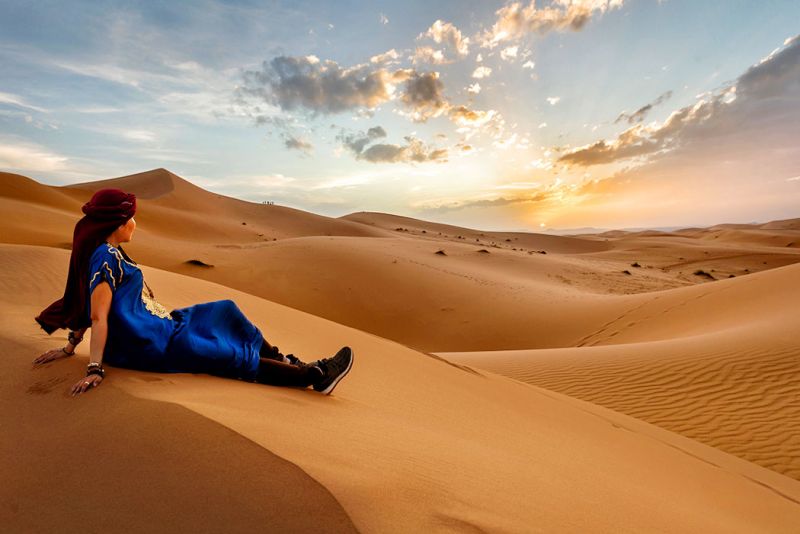
Introduction: the Sahara Desert
Sahara Desert has long captivated the human imagination with its vast, awe-inspiring landscapes and unique ecosystems. From the dunes of the Sahara Desert to the arid expanses of the Atacama, each desert tells a story of survival, adaptation, and natural wonder. In this article, we will embark on a journey to explore the 10 famous deserts of the world, delving into their distinctive features, breathtaking vistas, and the remarkable life forms that call them home.
- Sahara Desert
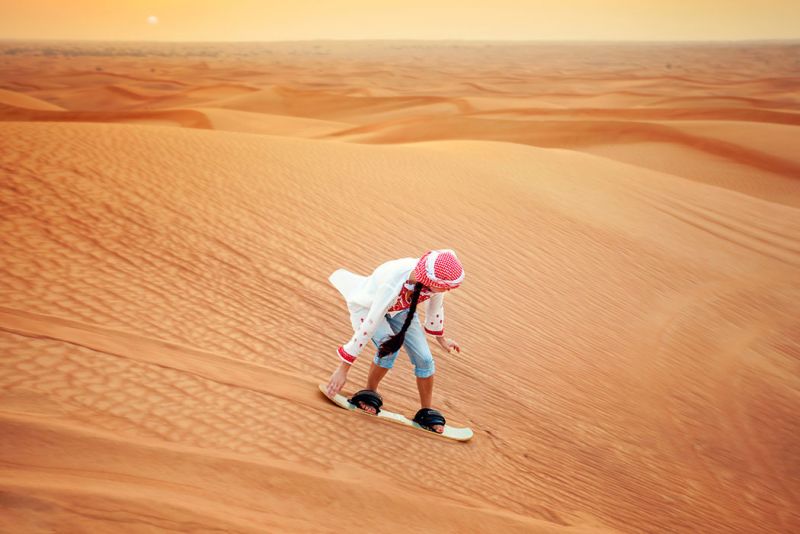
The Sahara Desert, the largest hot desert on Earth, spans over 3.6 million square miles across North Africa. It is renowned for its towering sand dunes, some reaching heights of over 500 feet. These golden waves of sand create a surreal landscape that has been immortalized in countless films and photographs. Sahara Desert, is also home to a rich cultural heritage, with the nomadic Bedouin tribes having traversed its expanse for centuries, adapting ingeniously to its harsh conditions.
- Arabian Desert

Encompassing much of the Arabian Peninsula, the Arabian Desert is a vast expanse of sand dunes and rocky plateaus. Its most iconic feature is the Rub’ al Hali, the world’s largest continuous sand desert. The desert hosts a diverse range of flora and fauna, including hardy plants like acacia trees and resilient creatures like the Arabian oryx. This arid land is steeped in history and is home to several ancient trade routes.
- Gobi Desert
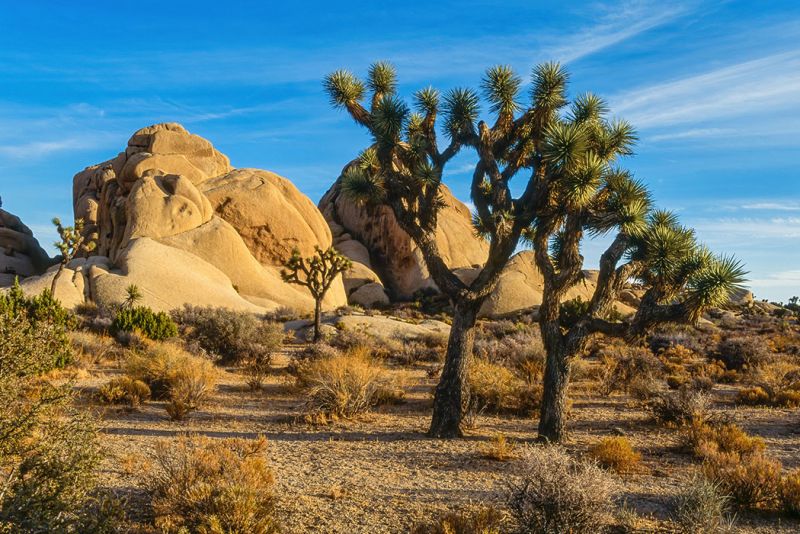
The Gobi Desert, spanning parts of northern China and southern Mongolia, is a testament to the remarkable diversity of desert landscapes. It features vast sand dunes, rocky terrain, and even dramatic canyons. One of its highlights is the Gobi Gurvansaikhan National Park, where the famous “Flaming Cliffs” have yielded numerous dinosaur fossils. The Gobi is also inhabited by elusive creatures like the Bactrian camel and the endangered Gobi bear.
- Atacama Desert
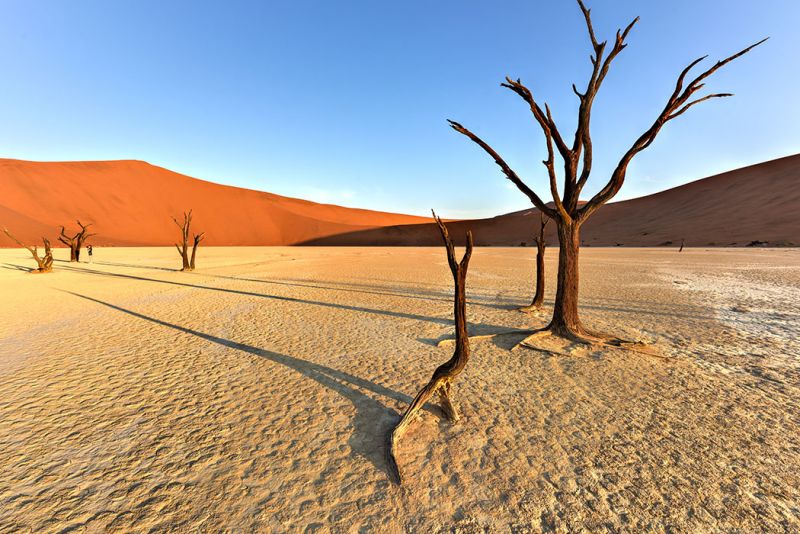
The Atacama Desert in Chile holds the distinction of being the driest desert on the planet. Some parts of this desert have not seen rain for centuries. Its stark, lunar-like landscape, particularly in areas like Valle de la Luna, creates an otherworldly atmosphere that has drawn filmmakers and stargazers alike. Surprisingly, the Atacama is not devoid of life; it hosts a variety of hardy plants, and its high-altitude regions boast a vibrant array of wildlife.
- Mojave Desert
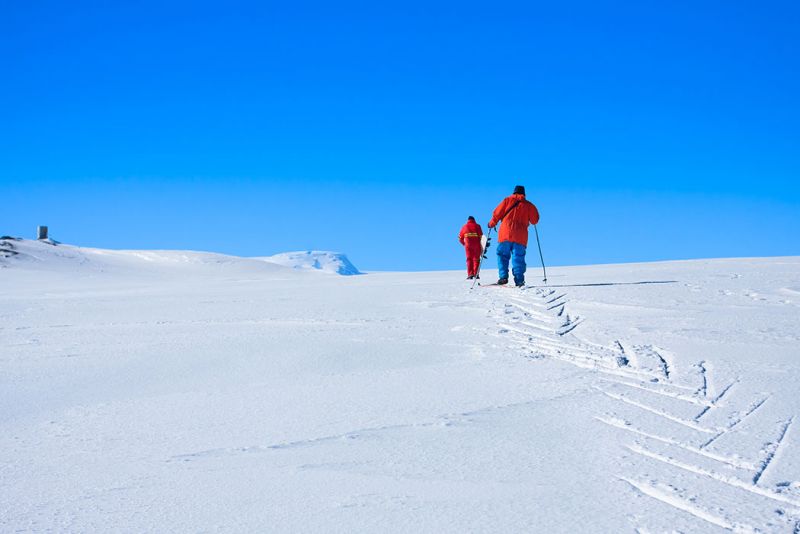
Situated primarily in California, the Mojave Desert is famous for its Joshua trees, twisted and gnarled sentinels that seem to defy gravity. Joshua Tree National Park, nestled within the desert, is a haven for outdoor enthusiasts, offering opportunities for rock climbing, stargazing, and desert hiking. The desert is also home to a diverse range of wildlife, including desert tortoises, bighorn sheep, and golden eagles.
- Sonoran Desert
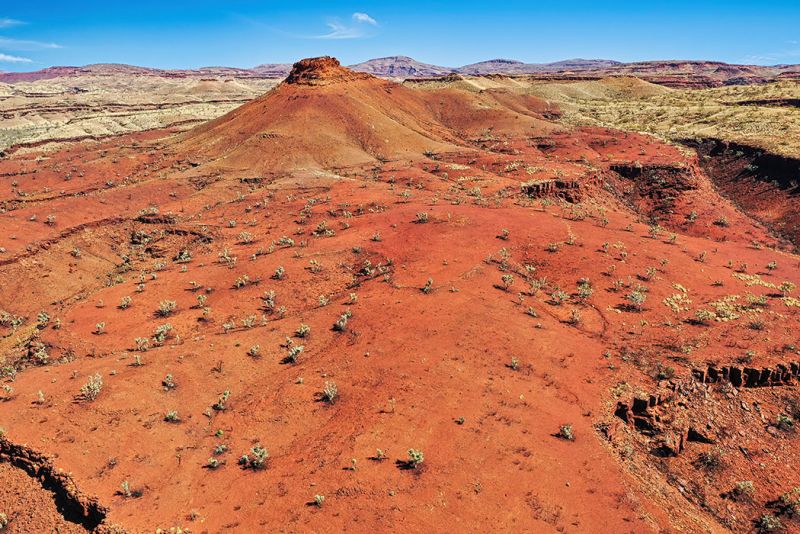
Spanning parts of Arizona, California, and Mexico, the Sonoran Desert is renowned for its iconic saguaro cacti, which can reach heights of up to 60 feet. This desert is a biodiversity hotspot, hosting a wide variety of plant and animal species, including numerous species of reptiles like the Gila monster and desert tortoise. The Sonoran Desert is also famous for its vibrant wildflower displays during the spring.
- Kalahari Desert
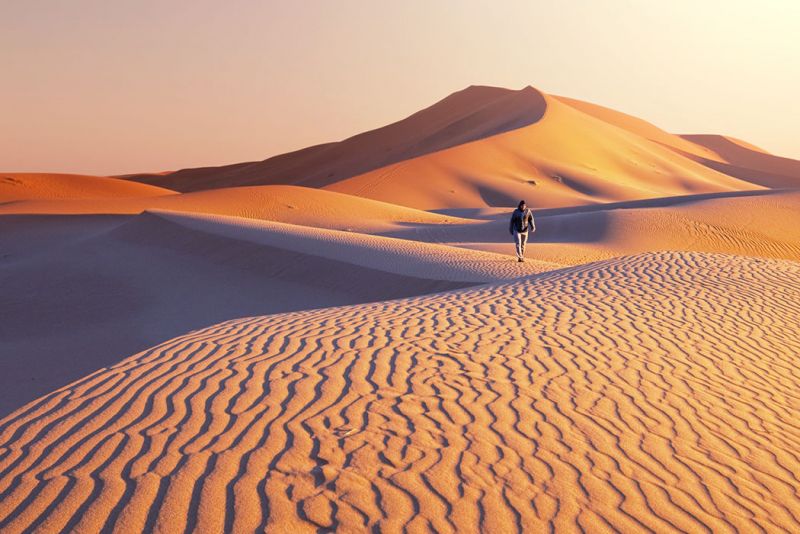
The Kalahari Desert, covering large parts of Botswana, Namibia, and South Africa, is characterized by its distinctive red sands. Contrary to its name, the Kalahari is not a true desert, as it receives more rainfall than other deserts. This leads to a unique blend of grasslands, savannas, and sand dunes, which support a rich diversity of wildlife, including iconic species like lions, leopards, and meerkats.
- Great Basin Desert
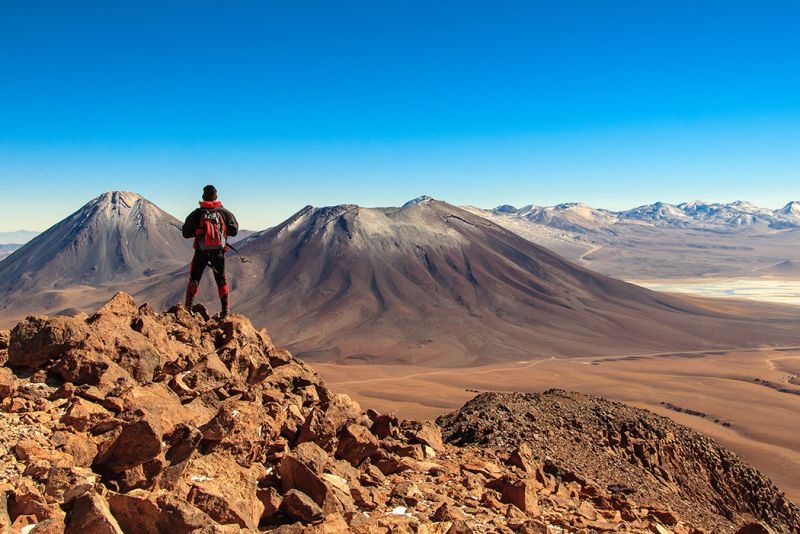
Stretching across the states of Nevada, Utah, and portions of Oregon, Idaho, and Wyoming, the Great Basin Desert is defined by its expansive sagebrush-covered plains. It is punctuated by mountain ranges and contains unique features like the Lehman Caves in Great Basin National Park. This desert showcases the beauty of stark contrasts, where high mountain ranges meet arid desert landscapes.
- Namib Desert

The Namib Desert, along the coast of Namibia, is famed for its towering sand dunes, some of which are among the tallest in the world. Sossusvlei, a salt and clay pan surrounded by dunes, is one of the most photographed landscapes in Africa. The Namib is also home to an array of desert-adapted wildlife, including oryx, springbok, and desert-adapted elephants.
- Patagonian Desert

The Patagonian Desert, also known as the Patagonian Steppe, spans across parts of Argentina and Chile. This arid region is characterized by its vast, windswept plains and dramatic landscapes. It has yielded significant fossil discoveries, including those of dinosaurs and ancient flora. Despite its harsh conditions, the Patagonian Desert supports a range of wildlife, including guanacos, armadillos, and the elusive puma.
Conclusion:Sahara Desert,
These ten globally celebrated Sahara Deserts stand as a testament to the enduring tenacity of life in some of Earth’s most challenging environments. Each one, from the sweeping dunes of the Sahara to the rugged canyons of the Gobi, is a living chronicle of evolution and adaptability.
Sahara Desert, with its vast stretches of shifting sands, tells the tale of species that have learned to navigate and thrive in the relentless aridity. The Gobi, characterized by its stark, rocky terrain, showcases how life has clung to existence amidst unforgiving conditions. These Sahara Desert, are not barren wastelands, but rather vibrant ecosystems shaped by millions of years of natural selection.
Exploring these remarkable landscapes offers a unique perspective on the delicate equilibrium of the natural world. It’s a profound opportunity to witness how flora and fauna have sculpted their existence, finding ingenious ways to conserve water, withstand extreme temperatures, and utilize scarce resources.
Moreover, these Sahara Desert, possess an unparalleled aesthetic allure. The play of light and shadow on the undulating dunes of the Namib Desert or the crimson hues of Arizona’s Monument Valley are artworks crafted by nature over eons. The stark beauty of these arid expanses speaks to the resilience and creativity of life itself.
In delving into these extraordinary terrains, we gain not only a deeper appreciation for the intricacies of the natural world but also a profound reverence for the boundless wonders that our planet holds within its dry yet astonishingly vibrant embrace.

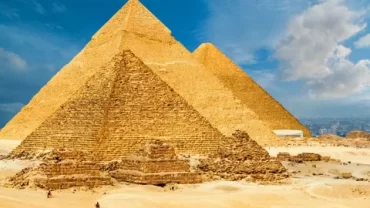



Comment (0)